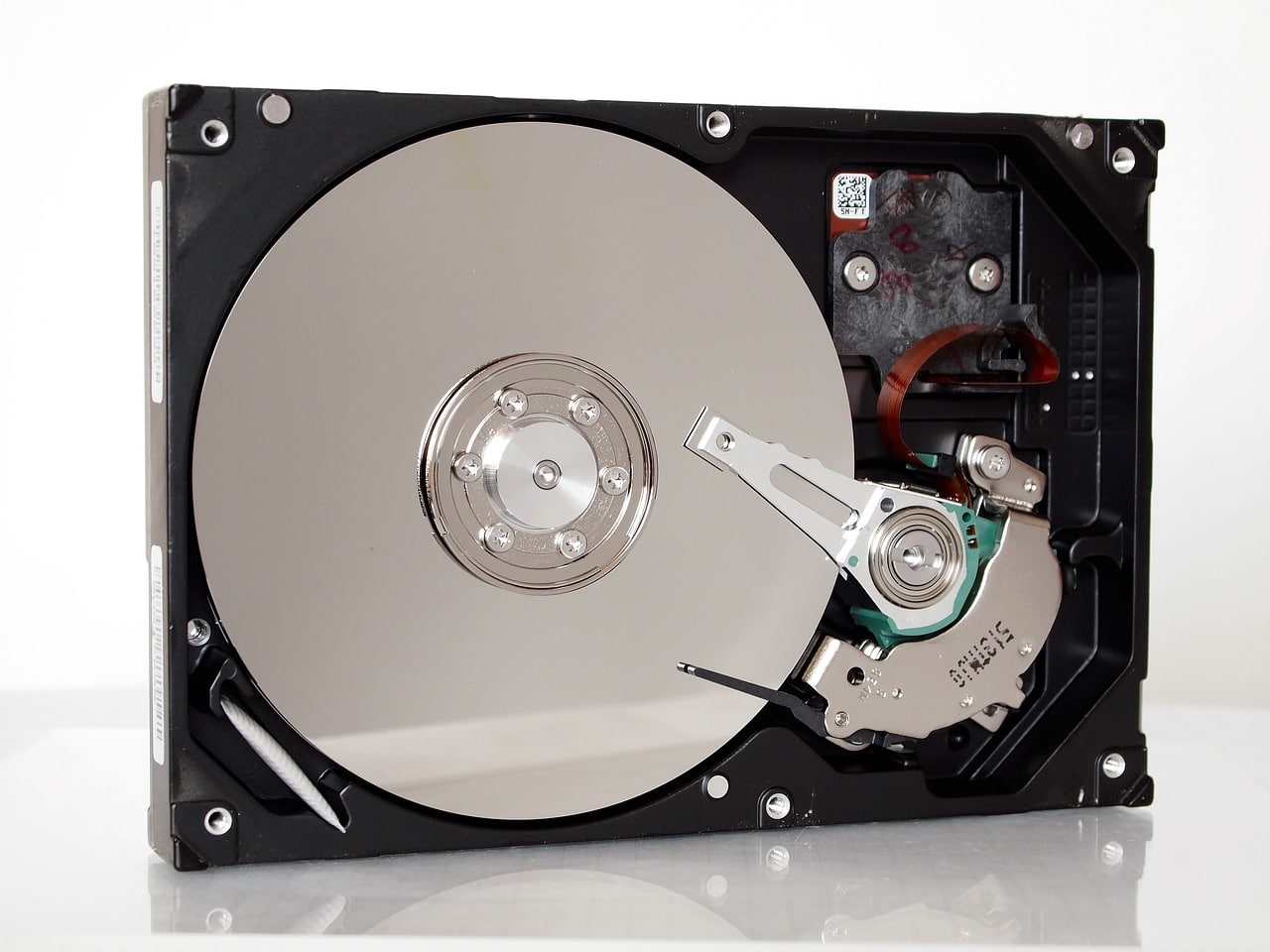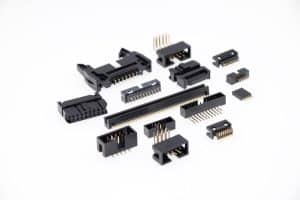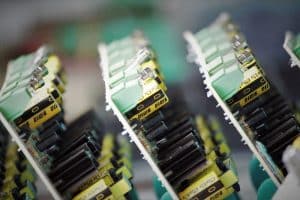Molecular Electronics: Computing at the Atomic Level
Advancements in technology have revolutionized the way we live, work, and communicate. From the first computer that filled an entire room to the compact devices we hold in our hands today, the world of computing has come a long way. But, there is one field in technology that is set to take us even further– molecular electronics. This fascinating area of study deals with the use of molecules and nanoscale materials for the development of electronic components, paving the way for computing at the atomic level. In this article, we will delve deeper into the world of molecular electronics and how it is shaping the future of computing.
The Basics of Molecular Electronics
So, what exactly is molecular electronics? In simple terms, it is the study of electronic components and devices at the molecular level. Unlike traditional electronics that rely on bulky components and wires, molecular electronics uses individual molecules or molecular assemblies as the building blocks for electronic circuits. These molecules are made up of atoms that are bonded together in a specific arrangement to produce unique electrical properties.
The Role of Nanotechnology
Nanotechnology plays a crucial role in molecular electronics by providing the techniques and tools to manipulate and assemble individual molecules. The ability to control and manipulate matter at the nanoscale level has opened up endless possibilities in the field. Researchers are now able to fabricate and integrate nanoscale electronic components that are faster, smaller, and more efficient than traditional electronic devices.
The Advantages of Molecular Electronics
One of the most significant advantages of molecular electronics is its potential for miniaturization. With the use of individual molecules as electronic components, it is possible to make devices that are much smaller than what we have today. This miniaturization can lead to the development of wearable and implantable devices with a high level of functionality. Additionally, molecular electronics promises higher efficiency and reduced power consumption, making it more environmentally friendly.
The Future of Computing with Molecular Electronics
The potential applications of molecular electronics in computing are vast and diverse. From faster and smaller computer processors to flexible and transparent displays, this technology has the potential to shape the future of computing in ways we can only imagine. Some of the areas that are currently being explored include:
Quantum Computing
Molecular electronics could pave the way for the development of quantum computers – computers that use quantum bits (qubits), instead of traditional bits, to store and process information. The use of individual molecules as qubits could lead to exponential advancements in processing power, making it possible to solve complex problems in a fraction of the time it takes with traditional computers.
Brain-Computer Interfaces
Brain-computer interfaces (BCIs) are devices that enable direct communication between the human brain and a computer. With the use of molecular electronic components, BCIs could be made smaller and more efficient, making it possible to develop commercial devices for people with disabilities or impairments.
Solar-Powered Devices
Molecular electronics could also revolutionize the way we harness and use solar energy. Researchers are working on developing solar cells made of organic molecules that are more efficient and less expensive than traditional silicon-based cells. These cells could be used to power devices at the molecular level, opening up new opportunities for sustainable and self-powered technologies.
The Challenges and Roadblocks
While molecular electronics offers a promising future, there are still many challenges and roadblocks that need to be overcome. One of the biggest obstacles is the development of a reliable and scalable fabrication process. As the components used in molecular electronics are incredibly tiny, it requires highly sophisticated techniques to manipulate and assemble them. Additionally, issues such as stability, integration, and compatibility with existing technology need to be addressed.
The Conclusion
In conclusion, molecular electronics is a rapidly growing field with the potential to revolutionize the world of computing. With the ability to develop faster, smaller, and more efficient devices, it is set to change the way we live and interact with technology. As research and advancements continue, we can hope to see more practical applications of this technology in the near future. It is indeed an exciting time for the world of computing, and molecular electronics is at the forefront of this revolution.










